12??? x 37??? Gap Bed Lathe
Model 43681
Assembly And Operation Instructions
(Stand Not Included)
Due to continuing improvements, actual product may differ slightly from the product described herein.
??
3491 Mission Oaks Blvd., Camarillo, CA 93011
Visit our website at: http://www.harborfreight.com
To prevent serious injury, read and understand all warnings and instructions before use.
Copyright?? 2006 by Harbor Freight Tools??. All rights reserved. No portion of this manual or any artwork contained herein may be reproduced in any shape or form without the express written consent of Harbor Freight Tools.
For technical questions or replacement parts, please call 1-800-444-3353.
Specifications
You will need the manual for the safety warnings and cautions, assembly instructions, oper- ating procedures, maintenance procedures, trouble shooting, parts list, and diagram. Keep your invoice with this manual. Write the invoice number on the inside of the front cover.
Keep both this manual and your invoice in a safe, dry place for future reference.
READ ALL INSTRUCTIONS BEFORE USING THIS TOOL!
Notice
The Warnings, Cautions, and Instructions discussed in this instruction manual cannot cover all possible conditions and situations that may occur. It must be understood by the operator that common sense and caution are factors which cannot be built into this product, but must be sup- plied by the operator.
SAFETY WARNING & CAUTIONS
READ ALL INSTRUCTIONS BEFORE USING THIS TOOL!
1.KEEP WORK AREA CLEAN. Cluttered areas invite injuries.
2.OBSERVE WORK AREA CONDITIONS. Do not use tools in damp, wet, or poorly lit locations. Don???t expose to rain. Keep work area well lit. Do not use electrically powered equipment in the presence of flammable gases or liquids.
3.KEEP CHILDREN AWAY. Children must never be allowed in the work area. Do not let them handle machines, tools, or equipment.
4.STORE IDLE EQUIPMENT. When not in use, tools must be locked up in a dry location to inhibit rust. Always lock up tools and keep out of reach of children.
5.DO NOT FORCE THE TOOL. It will do the job better and more safely at the rate for which it was intended. Do not use inappropriate attachments in an attempt to exceed the tool???s capacities.
6.USE THE RIGHT TOOL FOR THE JOB. Do not attempt to force a small tool or attach- ment to do the work of a larger industrial tool. There are certain applications for which this tool was designed. Do not modify this tool, and do not use this tool for a purpose for which it was not intended.
7.Dress Properly. Do not wear loose clothing or jewelry, as they can be caught in moving parts. Non-skid footwear is recommended. Wear restrictive hair covering to contain long hair. Always wear appropriate work clothing.
8.USE EYE, EAR and breathing PROTECTION. Always wear ANSI approved im- pact safety goggles if you are producing metal filings or wood chips. Wear an ANSI approved dust mask or respirator when working around metal, wood, and chemical dusts and mists. Use ANSI approved ear protection when working in a loud or noisy environment.
9.DO NOT ABUSE THE POWER CORD. Protect the power cord from damage, either from impacts, pulling or corrosive materials. Do not yank machine???s cord to disconnect it from the receptacle.
10.DO NOT OVERREACH. Keep proper footing and balance at all times. Do not reach over or across running machines.
11.MAINTAIN TOOLS WITH CARE. Keep tools sharp and clean for better and safer per- formance. Follow instructions for lubricating and changing accessories. Inspect power cord periodically and, if damaged, have it repaired by an authorized technician. Control handle and power switch must be kept clean, dry, and free from oil and grease at all times.
12.REMOVE ADJUSTING KEYS AND WRENCHES. Be sure that keys and adjusting wrenches are removed from the tool or machine work surface before operation.

13.AVOID UNINTENTIONAL STARTING. Be sure that you are prepared to begin work before turning the start switch on.
14.STAY ALERT. Watch what you are doing. Do not operate this machine when you are tired.
15.Do Not operatethis machinewhile underthe influence of alcohol, drugs, or prescription medicines.
16.CHECK FOR DAMAGED PARTS. Before using any tool, any part that appears damaged should be carefully checked to determine that it will operate properly and perform its intended function. Check for alignment and binding of moving parts, any broken parts or mounting fixtures, and any other condition that may affect proper operation. Any part that is damaged should be properly repaired or replaced by a qualified technician. Do not use the tool if any switch does not turn on and off properly.
17.REPLACEMENT PARTS AND ACCESSORIES. When servicing, use only identical replacement parts intended for use with this tool. Replacement parts are available from
Harbor Freight Tools. Use of any other parts will void the warranty.
Special Warnings when using this Bench Lathe
Using this Bench Lathe may create special hazards.
Take particular care to safeguard yourself and those around you.
Electrical Safety. Never operate any tool if there is an electrical hazard. Never oper- ate an electrical tool in wet conditions. Never operate a tool with an improper electrical cord or extension cord. Never operate an electrical tool unless you are plugged into a properly grounded outlet, which supplies 115 Volts at 60 Hz. We recommend you use a circuit which is protected by an appropriate circuit breaker.
Ejected Material. Use safe practices to avoid injury from ejected material. Because the lathe and the workpieces turn at high speed, there is a danger of being injured by materi- als that may be ejected. Always wear ANSI-certified eye protection. Never attempt to work on any item if it is not adequately held. Always stand to one side of the plane in which the materials are spinning, to avoid being hit if an item is ejected. Never allow bystanders to be in the proximity of the lathe while in operation.
Entanglement. Use extreme caution to prevent loose materials from being caught in the machine. Never operate this lathe with loose clothing, long hair, jewelry, or other items which may become caught in the tools or workpieces. In case of entanglement, press the
OFF switch immediately.
NOTICE: No list of warnings can be all inclusive. The operator must supply common sense, and operate this tool in a safe manner.
Basic Components and Features of your #43681 Gap Bed Lathe
Parts references in this text:
When parts are identified with letters, please refer to the diagram on this page.
When parts are identified with numbers, refer to parts lists and diagrams starting on page 16.
Fig.1 Mounting bolts in the headstock.
Unpacking, Assembly, and Set up.
Basic assembly and adjustment of your new lathe was completed before being shipped.
Final assembly and adjustments must be made before operating your new lathe.
First find a suitable location for your lathe.
1.The floor or work table which you place your lathe on must be level, solid, and resistant to vibration.
2.Your lathe should be positioned in an area which is protected from the weather, especially water and moisture.
3. You should provide good light to work in, and adequate space to operate and maintain the
machine, as well as to handle work materials which will be loaded in the machine.
4.You will need an appropriate power supply to operate the machine, which requires 220 V~, 60 Hz, single phase current, and must be protected by a suitable circuit breaker.
WARNING: Consult a licensed electrician if you are not completely sure that your power supply is correct and safe.
1.Check to be sure that the bench is level and stable on the shop floor. If you need to repair the floor, do it now to be sure you have a solid, level surface to mount the machine.
2.Once the work bench is positioned properly on a solid level floor, place the oil tray (FF) on the bench. Using the mounting holes on the oil tray (FF) as reference, drill match- ing 1/2??? holes into the wood bench. Always check to make sure no obstructions are in the drilling path.
3.Place the angled iron levelers between the oil tray (FF) and the bench top. Check the level and position of the bench top again to be sure that when the Lathe is positioned on the bench and oil tray (FF) it will be level, solid and aligned with the mounting holes in the bench and tray.
4.Using a drill and other hardware (not included) bolt the work bench to the floor before putting Lathe on the workbench to keep the bench and Lathe in place during use.

Hoisting and Leveling this machine
WARNING: DO NOT ATTEMPT TO LIFT THE LATHE BY YOURSELF.
This tool weighs over 800 lb., and cannot be lifted safely by one or several strong men. Be sure this lathe is balanced on the hoist or lift you will use to move it before moving.
1.Before hoisting, lifting or moving this machine, move the tailstock and apron to the far right end of the bedway (away from the headstock) and lock them in place there. This will help to balance the overall mass of the machine near the center.
2.Use pads (not included) to protect the lathe from damage by the equipment used to hoist it.
3.Use a hydraulic lift, fork lift, or hoist to position the lathe onto the bench (or SKU 95647 Stand).
4.When the lathe is positioned on the oil tray and bench, align the mounting holes and drop in the mounting bolts.
5.Check the level of the machine. Using a spirit level, check to be sure that the bed of the lathe is level both horizontally and front to back. If there is any out of level, correct it now. Depending on your installation, use the angled iron levelers to adjust the machine into exact level front to back and side to side. Check both ends of the tool before being sat- isfied. Be sure the machine is level, positioned solidly, and is resistant to vibration.
6.Fasten the lathe to the bench and oil tray (FF) by inserting a bolt through a lock washer from the inside of the bench and upward through the oil tray and lathe. Fasten with a washer and nut. Repeat this for each of the four mounting holes in the headstock, and both mounting holes in the tailstock. Tighten securely. Recheck and readjust level if required.
Note: Periodically recheck the level of the machine to ensure that it remains level while in use.
460 605
Figure 3. Overall dimensions of this ma- chine, and oil tray dimensions. Dimensions are given in millimeters. Measure your own machine for any variations before using these dimensions.

The Headstock
The headstock includes a Gear box (E) which con- tains gears and a belt drive. The gears are con- trolled by controls (F), (G), and (H). The belt drive transmits the motor power to the drive system of the machine.
1.The motor and drive belt are installed and ad- justed when delivered. However, you should check the adjustment of the drive belt before using this lathe.
2.Check the belt tension by pressing in the middle with your finger.You should be able to depress it approximately 1/2 inch. If the belt is too tight, it will wear the bearings, and if too loose, it will slip on the pulleys and wear out prematurely.
3.If it is necessary to adjust the belt tension, do so by adjusting the bolt and locknut assembly on the underside of the motor.The motor mounted on the back of the headstock.
4.Four additional change gears are included for use in cutting metric and SAE threads. Refer to the lead screw chart on the headstock for the gears required for the thread pitches you want.
Please refer to the section on threading for more information.
Fig.4 Inside the Gear Box.
Fig.5 Motor mount and adjustment.
Fig.6 Headstock Controls.
Speed and Power Controls
You can turn lathe on and off and control speed and direction from the main control panel.
The Power Switch
1. Turn the Emergency Stop Switch (C) clockwise; the Indicator Light (D) will light up. The Spindle will not turn without operating the Control Lever (V).
2. The Press Switch (A) is used to run the spindle temporarily to allow the gears to engage when changing speed gears. When you release the switch, the spindle will stop.
3. In an emergency, you can stop the machine by pressing the
Emergency Stop Control (C).
Speed and Direction Controls
Note: Do not change the settings of these controls if the motor is running. Shut OFF the power before changing these settings.
The Spindle Speed can be controlled by setting the Speed Control knobs (G) and (H). Refer to the chart on the Headstock to the right of the knobs to determine the proper setting for the desired spindle rotation speed. Eighteen speeds are possible from 72 to 1600 RPM. The direction may be controlled using Direction Control (F).
Quick Change Gearbox
The headstock is equipped with a quick change gearbox to control the rate of the spindle to the lead screw and feed rod, when it is used to cut threads, or for turning or facing.
4.The half nut is engaged or disengaged using the Half Nut Lever (X). Note that the half nut must be engaged for the lead screw to function properly.

Apron
The function of the Apron is to support the toolpost, and to be carried along the workpiece by the lead screw.
1.Use the Control Lever (V) to start the mo- tion of the Spindle, and to rotate it forward or reverse.
2.To operate the lever, push it toward the headstock, then move it up or down. Mov- ing the lever down will cause the spindle to rotate forward, moving it up will cause the spindle to rotate in reverse. Placing the lever in the middle will cause the spindle not to rotate.
3.The Half Nut Lever (X) for engaging the lead screw is mounted on the right side of the apron.
4.The Half Nut Lever (X) is used to engage or remove the half nut from the lead screw. This lever is mounted on the front of the
apron. Engage the half nut only when mov-
ing the apron in a longitudinal directionFig.9 The Apron. along the workpiece.
5.The Cross/Longitudinal Feed Lever (Y) is used to determine the direction of travel of the tool on the workpiece.With the lever up, and the gear engaged, the apron will travel in a longitudinal direction along the workpiece; for example when threading. With the lever down, and the half nut disengaged, the tool post will travel horizontally across the workpiece; for example when face cutting.
6.Note: The interlock will prevent the half nut from being engaged when the Feed Lever
(Y)is down in the cross feed position.
7.For threading, put the Feed rod & Leadscrew Exchange Lever (BB) to the right to start the lead screw, then move the Cross/Longitudinal Feed Lever (Y) to the center, and engage the half nut, using the Half Nut Lever (X). This will cause the lead screw to rotate, and the apron to move to the right.
8.You can also control the direction of travel of the apron using the Direction Control (F). Rotating this control to the right will cause the carriage to move to the right. Rotating this control to the left will cause the apron to move to the left.

The Threading Dial
When the threads on the lead screw and on the workpiece are not in an integer ratio, it is necessary to use the thread- ing dial to control successive cuts. Determine this ratio by dividing the desired TPI of the workpiece (for example 24 TPI) by the thread pitch of the lead screw (8 TPI). This example results in an integer ratio of 3:1. A desired thread pitch of 26 TPI (for example) on the workpiece would require use of the threading dial.
1.When the threads on the workpiece are not in an in- teger proportion to the threads on the lead screw, it is necessary to operate the half nut intermittently. This is controlled by using the threading dial.
2.The Threading Dial (W) is located on the right side of the apron.
3.The dial is marked with four numbered lines, 1, 2, 3, and 4. Between each numbered line is an unnumbered line. On the dial there is also a fixed reference line.
4.When the threading dial is engaged with the lead screw, the dial will rotate.
5.There is an instruction plate attached to the threading
6.For thread cutting, engage the half nut at the appropriate numbers shown on the thread- ing dial. 1-4 means the half nut can be engaged at any of the numbered lines 1, 2, 3, or 4. For successive cuts, only numbered lines must be used. 1-3 / 2-4 on the scale means that the half nut can only be engaged on 1 and 3 or 2 and 4 for successive cuts. For example, if you engage the half nut on ???1??? on the first cut, you can only engage it on ???1??? or ???3??? on following cuts. If you engage it on ???2??? on the first cut, you can only engage it on ???2??? and ???4??? on successive cuts.
7.1-8 means the half nut cannot be engaged on any lines, numbered or unnumbered.
8.If the half-nut is engaged throughout the initial cut, there is no need to use the thread- ing dial. Simply disengage the half nut, back the tool to the starting point, reengage the half nut and start over.
Four-Position Tool Rest
The four position tool rest can be used to hold up to four tools. It is controlled by the three handwheels on the Apron, the Saddle Handwheel (AA), the Cross Slide Handwheel (Z) and the Compound Slide Handwheel
(N).
edge is properly aligned with the rotating direction of the workpiece.
3.The tool post can be rotated by loosening the Tool Post Clamping Lever (M), rotating the tool post, and retightening the lever.
Fig.13 Chuck.
Compound Slide
The tool is moved along the workpiece by the motion of the apron and its compo- nents. The apron may be power-driven by the lead screw, or may be moved by hand using the handwheels.
1.The Saddle Handwheel (AA) may be used to move the apron with its attached tool post and tools along the rotating axis of the workpiece. This is used to make longitudinal cuts.
2.The Cross Slide Handwheel (Z) is used to move the tool post horizontally across the axis of the workpiece. This motion is used to make face cuts at a 90 degree angle to the longitudinal axis of the workpiece.
3.Cuts made at any angle other than 90 degrees to
4.To use the compound slide, loosen the bolt holding it in place on the cross-slide, rotate it into the desired position, then retighten the bolt.
5.The cutting tool can be moved into the workpiece by operating the handwheel.
Chuck and Faceplate This lathe may be operated using either
chuck or faceplate to hold the workpiece.
1.Chucks and faceplates are mounted on the arbor shaft using a threaded connection. Open the gear box, and using a suitable wrench, hold back the arbor shaft to prevent it from turning. Grip the chuck or faceplate, and rotate it in a counter-clockwise direction to unthread it from the arbor shaft.
2.When re-installing a chuck or faceplate, be sure to put light grease on the threaded end of the arbor shaft to ease installation and removal of the chuck or faceplate.
3.You are provided with both three and four
jaw chucks. Each may be used to hold workpieces by clamping from the outside,
or by expanding on the inside of tubes and hollow pieces. To tighten the jaws, rotate any of the internal hex head bolts in the side of the chuck with an appropriate size hex wrench. Chucks are self centering, and will align concentric workpieces with the axis of rotation of the arbor shaft.
4.Faceplates are used typically to hold larger or non-round pieces. Work pieces may be attached to the faceplate by a variety of methods including clamps, bolts and screws. It is critical that the centerpoint of the workpiece be exactly aligned with the center of rotation of the arbor shaft for accurate turning.
Tailstock
The tailstock slides along the bed way freely, and may be used to secure the free end of a rotating workpiece.
1.The tailstock is clamped to the bedway using the Tailstock Clamping Lever (Q).
2.The Quill (P) can be rotated inward and outward, using the Tailstock Handwheel (S).The Quill can be locked in place using the Quill Lock Lever.
3.The quill is shipped with a ???dead end??? which may be inserted into the quill. ???Dead end??? means that the end remains stationary, and allows the
workpiece to rotate upon it. To reduce friction,
it is a good idea to apply a little grease to the
contact between the workpiece and the deadFig.14 Tailstock. end. Check this lubrication from time to time.
???Live ends??? are available to fit this machine and may be purchased separately. Live ends incorporate a bearing to reduce friction between the workpiece and the quill.
4.Before using your lathe, it is important to check the alignment of the tailstock with the arbor spindle. Do this by placing a precisely machined rod in the chuck, and checking its alignment with the center of the quill.
Accurate measurements may be made by mounting
5.Adjustments may be made by loosening the tailstock
lock lever, then adjusting the position of the tailstock with the alignment screw (512). Retighten the lock lever, and recheck the alignment before proceeding.
Follow Rest and Steady Rest
These are useful supports for your workpiece, which help you improve machining accuracy.
1.The Follow Rest is attached to the Apron, and fol- lows the movement of the apron as the workpiece is machined.
2.The Steady Rest is attached to the bedway, and re- mains in place as the workpiece turns within it.
3.Install these rests as needed to support the work- piece.
4.Adjust the brass holders within the rests to lightly ride upon the workpieces. It is advisable to apply a little grease to the points of the brass holders to reduce friction between them and the workpiece.
5.The rests should be cleaned and stored in a dry clean place when not in use.
Fig.16 Steady Rest.

Lubrication
Headstock Lubrication.
1.The headstock gears should be lubricated with No. 70 (HL-70) Gear Compound. Check them periodically, and apply lubrication whenever they appear dry. Do not apply exces- sive grease, since you do not want to get grease on the drive belt.
2.The oil in the headstock should be changed regularly. When the machine is new, change the oil after the first 15 days of use. Change it again after the next 45 days of use. Thereafter, change the oil after each 6 months. To change the oil, open the drain plug on the underside of the headstock. After draining, replace the drain plug and refill with clean lubricating oil until the oil level is at the red line on the oil gauge. Use stan- dard 30 weight motor oil. Dispose of waste oil properly, and in accordance with local regulations.
3.If during operation the oil level is below the red line, stop machining and add oil until the level is at the red line.
Overall Lubrication.
Lubricate the parts indicated in this diagram periodically with light grease. Check before each use to ensure that the machine is properly lubricated.
Fig. 17 Lubrication Chart. Lubricate the indicated areas with a light grease regularly.

Maintenance
WARNING: For your own safety, turn the switch OFF and remove plug from electrical outlet before performing any maintenance work on the lathe.
1.Frequently blow out any dust accumulation inside the motor.
2.A coat of automotive wax to the bed will help keep the surfaces clean, and allow the tool rest and tailstock to move freely.
3.If the power cord is damaged, worn, or cut in any way have it replaced by a qualified electrician right away.
Troubleshooting
PLEASE READ THE FOLLOWING CAREFULLY
THE MANUFACTURER AND/OR DISTRIBUTOR HAS PROVIDED THE PARTS DIAGRAM IN THIS
MANUAL AS A REFERENCE TOOL ONLY: NETHER THE MANUFACTURER NOR DISTRIBUTOR
MAKES ANY REPRESENTATION OR WARRANTY OF ANY KIND TO THE BUYER THAT HE OR SHE
IS QUALIFIED TO MAKE ANY REPAIRS TO THE PRODUCT OR THAT HE OR SHE IS QUALIFIED TO
REPLACE ANY PARTS OF THE PRODUCT: IN FACT THE MANUFACTURER A ND/OR DISTRIBUTOR
EXPRESSLY STATES THAT ALL REPAIRS AND PARTS REPLACEMENTS SHOULD BE UNDERTAKEN
BY CERTIFIED AND LICENSED TECHNICIANS AND NOT BY THE BUYER. THE BUYER ASSUMES
ALL RISK AND LIABILITY ARISING OUT OF HIS OR HER REPAIRS TO THE ORIGINAL PRODUCT OR
REPLACEMENT PARTS THERETO, OR ARISING OUT OF HIS OR HER INSTALLATION OF REPLACE-
MENT PARTS THERETO.
NOTE: Some parts are listed and shown for illustration purposes only and are not available individually as replacement parts.
NOTE: Some parts are listed and shown for illustration purposes only and are not available individually as replacement parts.

WARRANTY INFORMATION
 Limited 90 day/1 year warranty
Limited 90 day/1 year warranty 
Harbor Freight Tools Co. makes every effort to assure that its products meet high quality and durability standards, and warrants to the original purchaser for a period of ninety days from date of purchase that the motor/engine, the belts (if so equipped), and the blades (if so equipped) are free of defects in materials and workmanship. Harbor Freight Tools also warrants to the original purchaser, for a period of one year from date of purchase, that all other parts and components of the product are free from defects in materials and workmanship.This warranty does not apply to damage due directly or indirectly to misuse, abuse, negligence or accidents; repairs or alterations outside our facilities; or to lack of maintenance. We shall in no event be liable for death, injuries to persons or property, or for incidental, contingent, special or consequential damages arising from the use of our product. Some states do not allow the exclusion or limitation of incidental or consequential damages, so the above limitation of exclusion may not apply to you. THiS WarranTy iS expreSSly in lieu oF all oTHer WarranTieS, expreSS or implied, inCluding THe WarranTieS oF merCHanTabiliTy and FiTneSS.
To take advantage of this warranty, the product or part must be returned to us with transportation charges prepaid. proof of purchase date and an explanation of the complaint must accompany the merchandise. if our inspection verifies the defect, we will either repair or replace the product at our election or we may elect to refund the purchase price if we cannot readily and quickly provide you with a replacement. We will return repaired products at our expense, but if we determine there is no defect, or that the defect resulted from causes not within the scope of our warranty, then you must bear the cost of returning the product.
This warranty gives you specific legal rights and you may also have other rights which vary from state to state.
3491 Mission Oaks Blvd. ??? PO Box 6009 ??? Camarillo, CA 93011 ??? (800) 444-3353

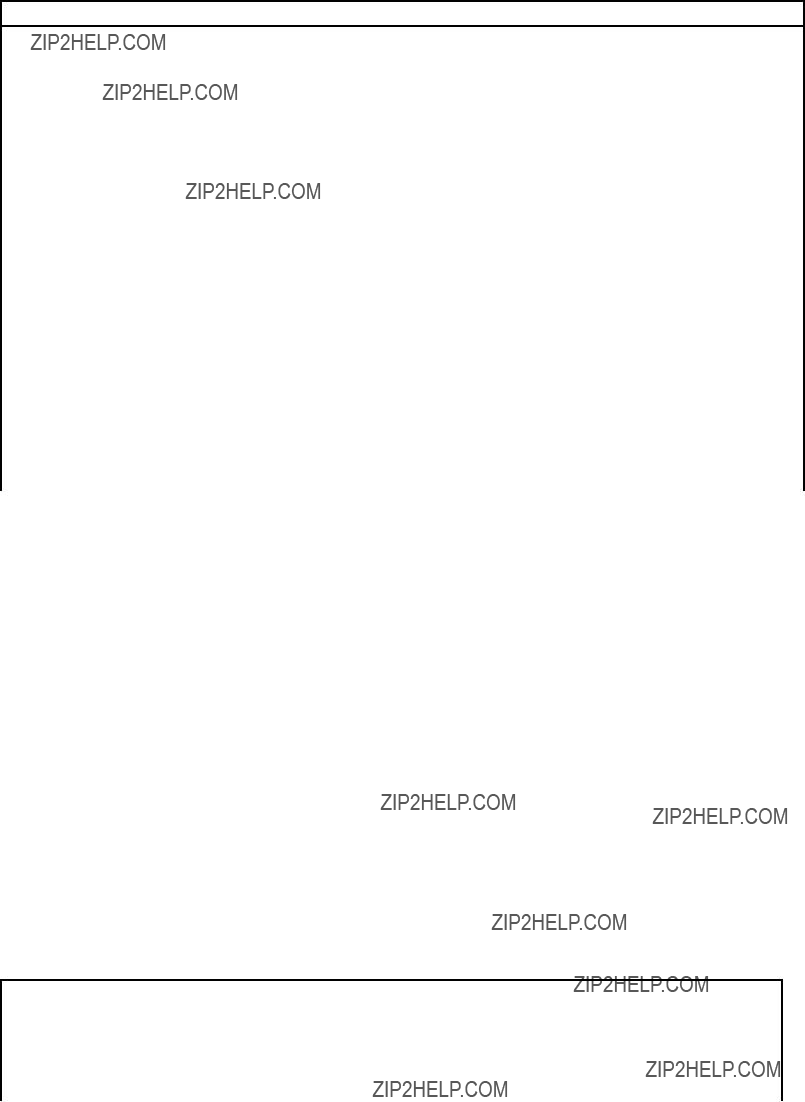



















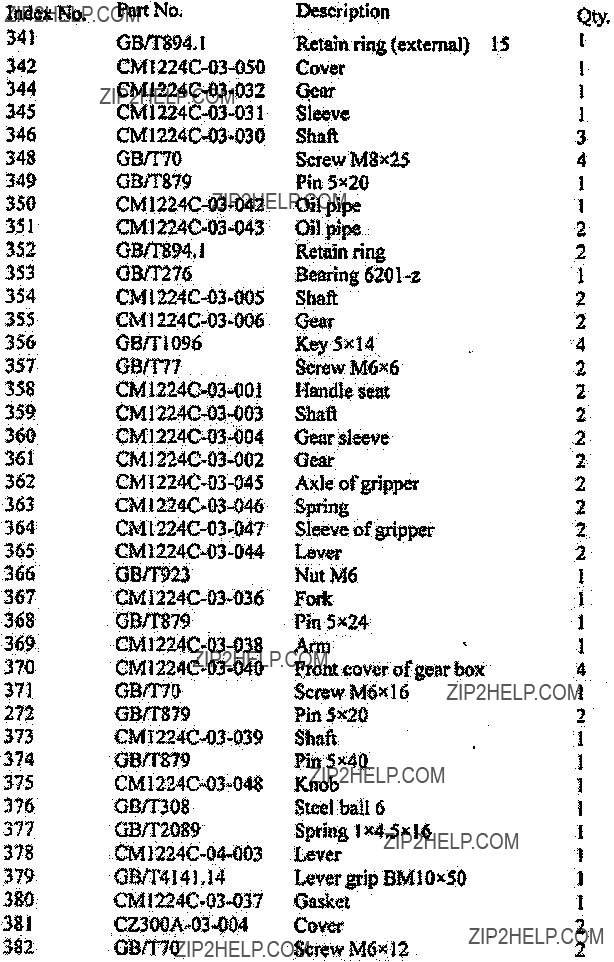

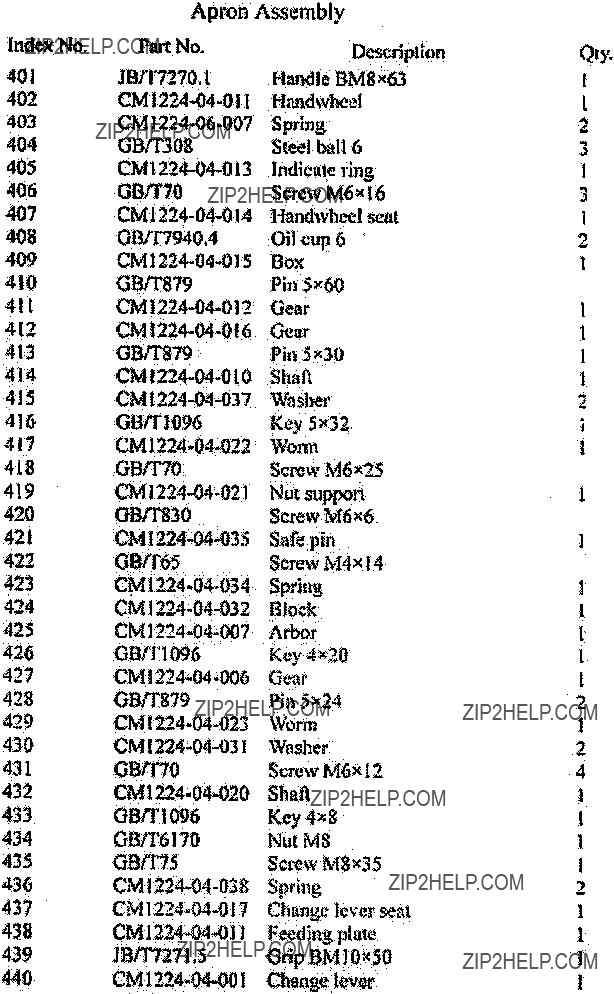
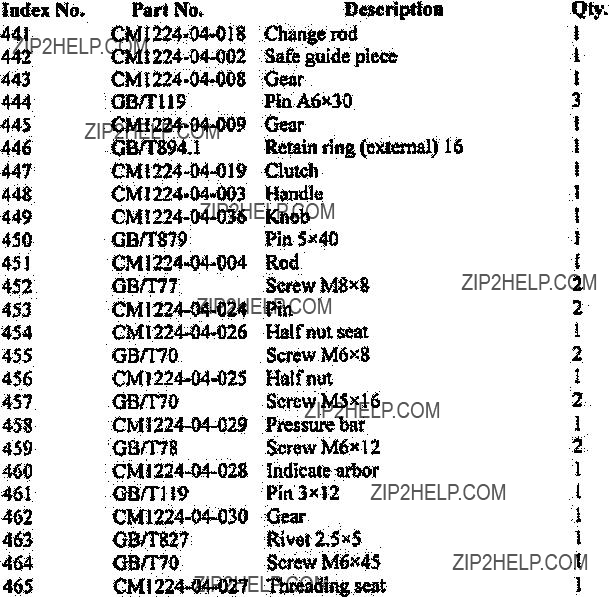

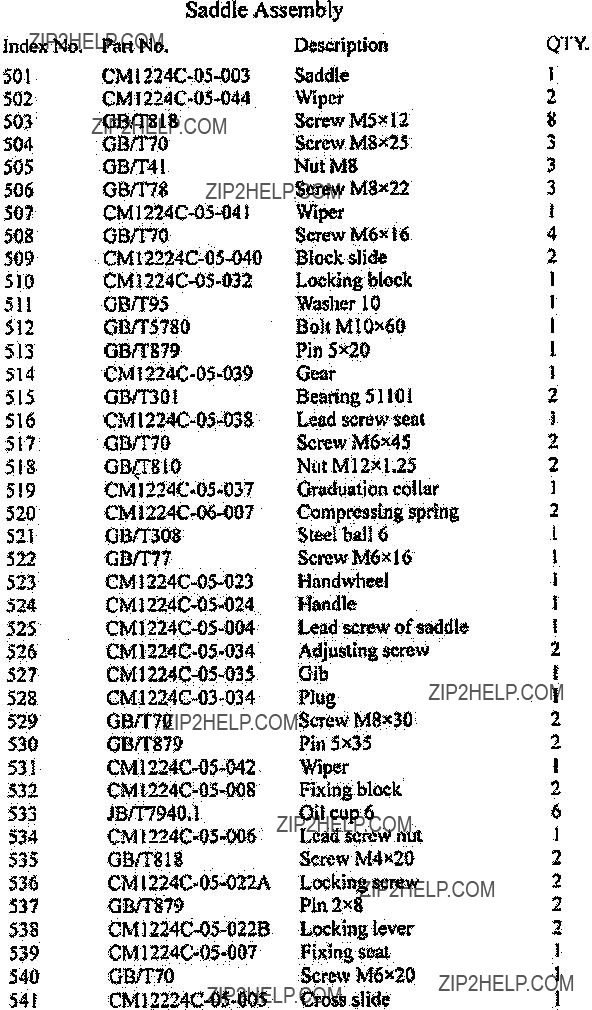
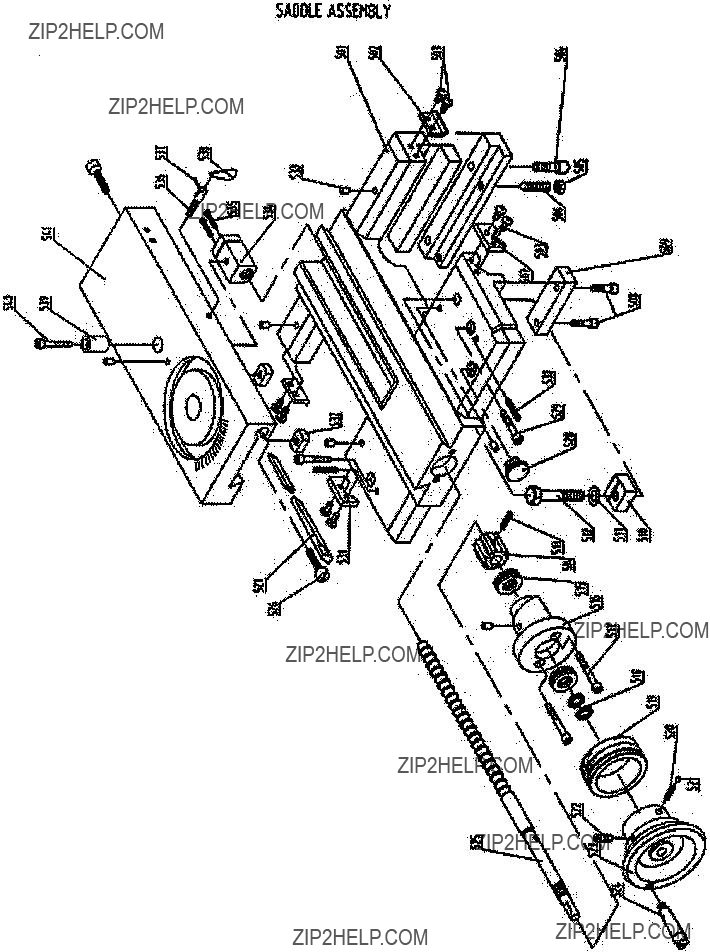










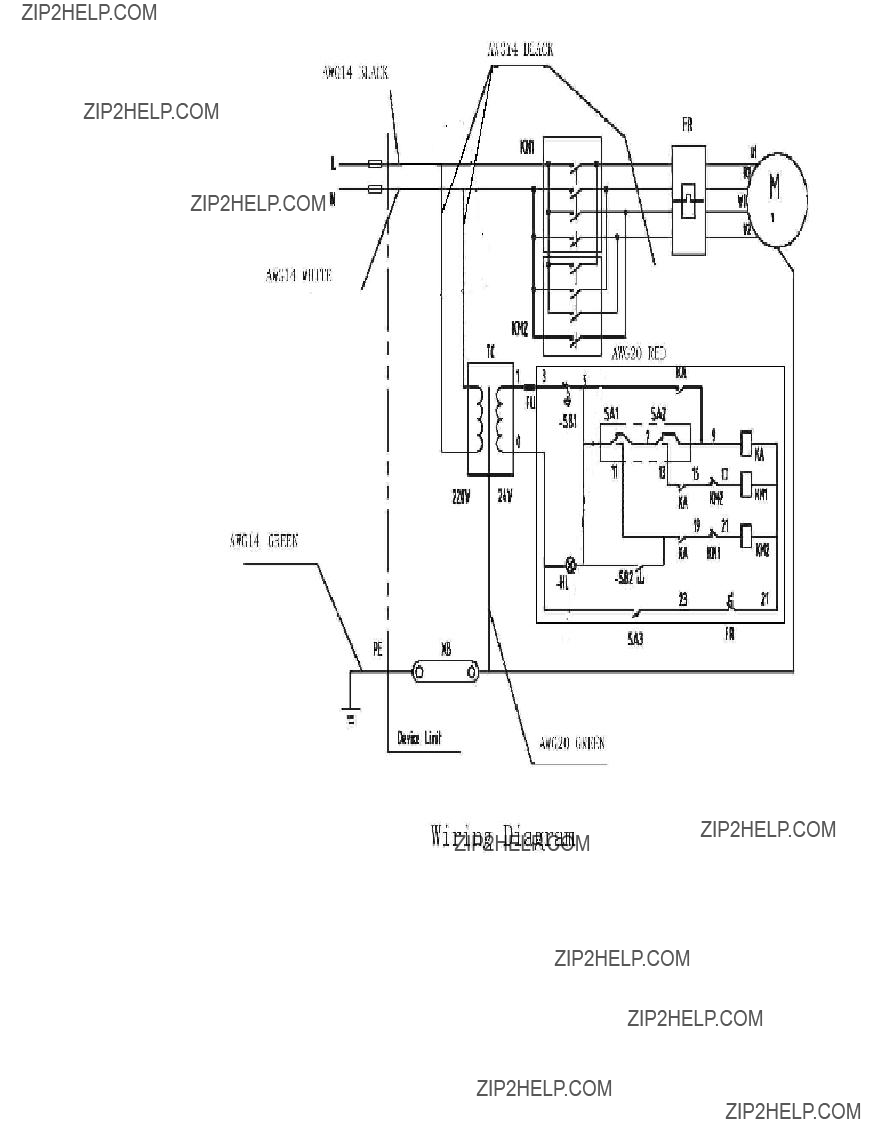

 Limited 90 day/1 year warranty
Limited 90 day/1 year warranty 